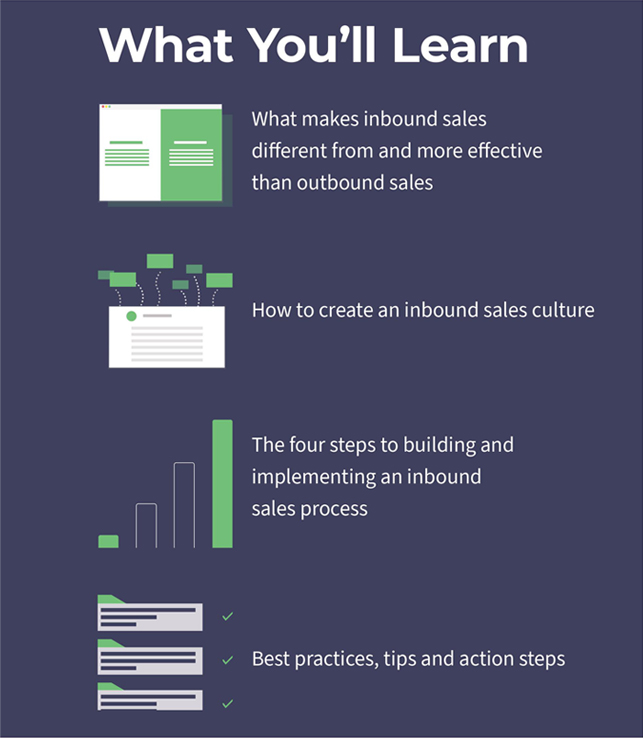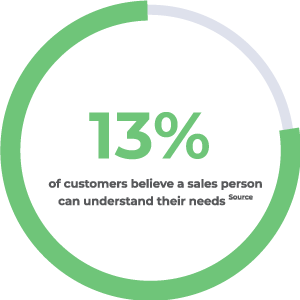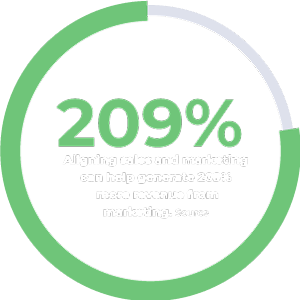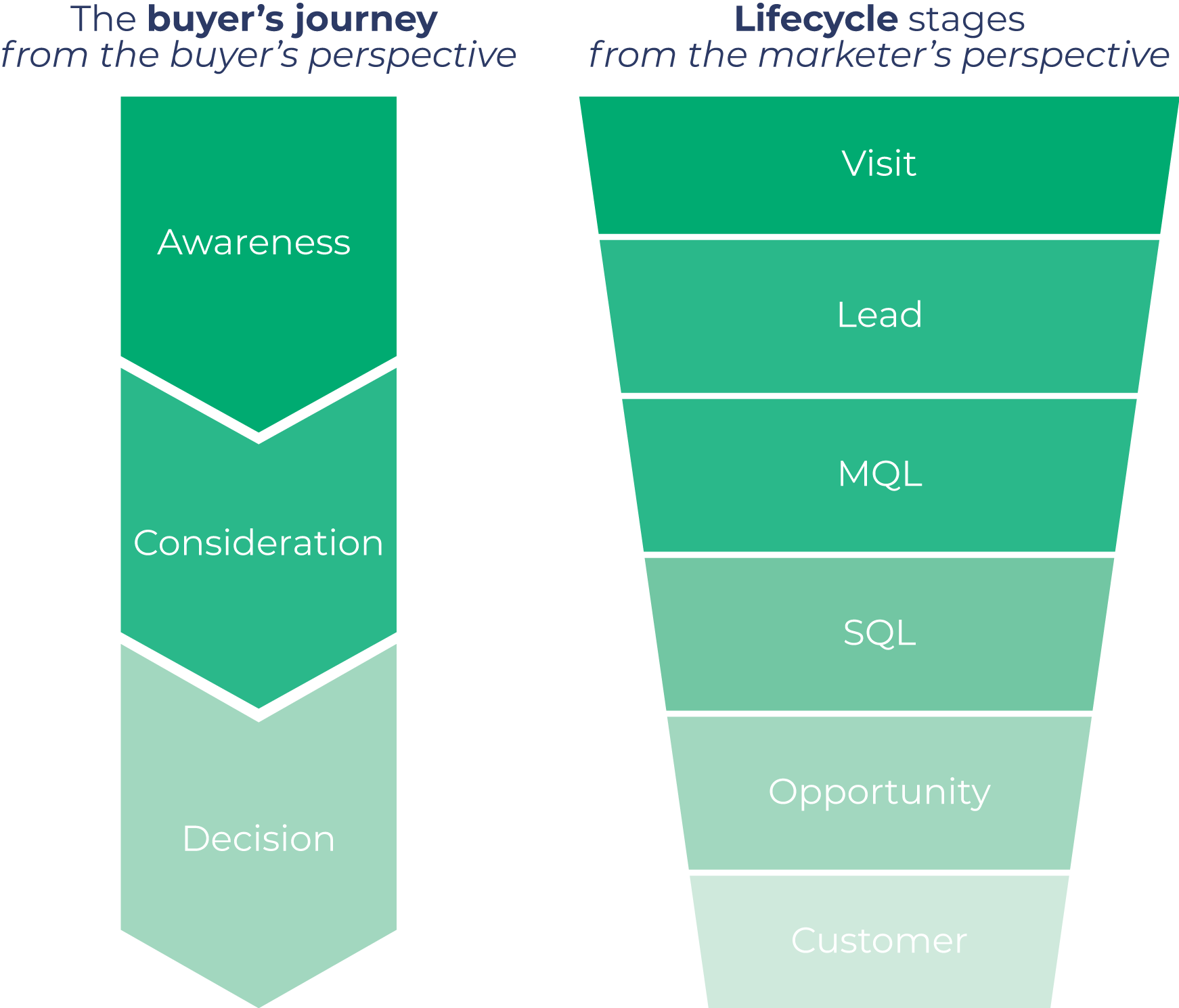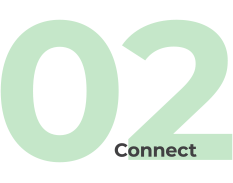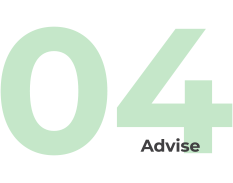This compares to just 15 percent of companies with 51 to 100 new opportunities and only 4 per cent with 101 to 200 new opportunities each month.
At the same time, there is more competition than ever. Technology is changing daily and becoming more advanced. This will only continue. Technology companies aren't just trying to set themselves apart from other technology companies, they are also competing for potential buyers' time and access. It's a lot Business owners and decision makers want helpful information. They don't have the time to sift through product pitches.
More importantly, buyers don't need salespeople in the same way as they used to. In the past, buyers turned to salespeople to get educated about products. Now, they turn to Google.
PRO TIP: Find out how your prospects are searching online and what they're searching for so you can ensure your company is showing up early and organically in their buying journey. This goes beyond pay-per-click and Google ad words. It's about creating effective content.


